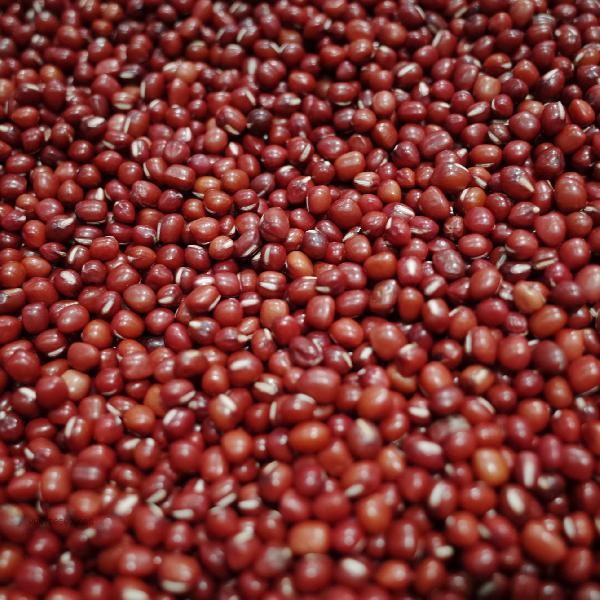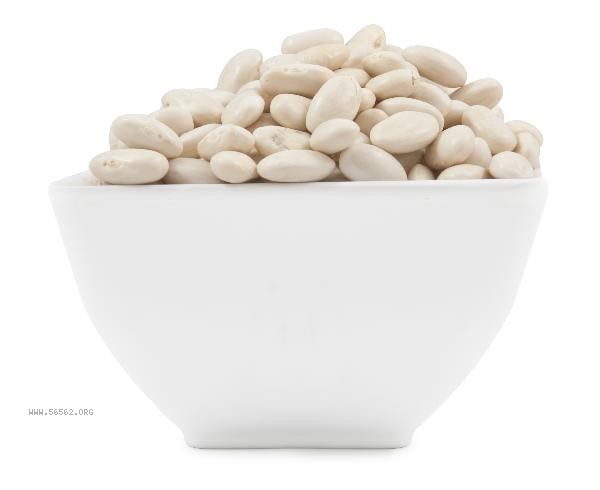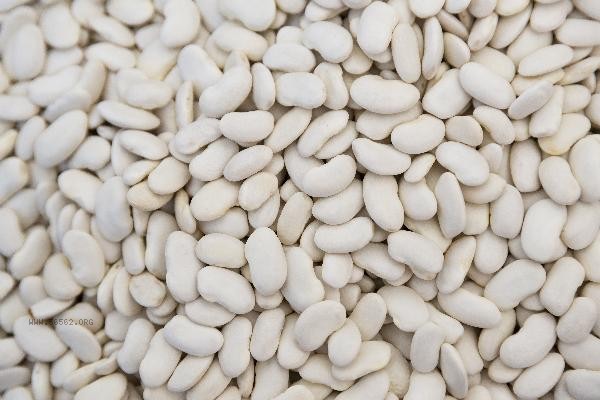Sweet beans can be quickly peeled using methods such as thumb squeezing, knife back tapping, boiling water blanching, frozen separation, and half tearing.

1. Thumb Squeezing Method
Use the thumb and index finger to pinch the protruding parts at both ends of the sweet beans, gently squeeze them towards the middle to make the pods naturally split open, and then push out the beans. This method is suitable for fresh and plump sweet beans. When operating, pay attention to the strength and avoid crushing the beans. The peeled beans have high integrity and are suitable for cold or stir frying methods that require shape preservation.
2. Knife back tapping method
Lay the sweet beans flat on the cutting board and lightly tap along the center line of the pod with the back of the knife to loosen the fiber of the pod. Then use your fingers to break open the bean pods and remove the beans. This method can quickly process a large amount of sweet beans, especially suitable for older bean pods. Pay attention to the tapping force to avoid crushing the beans, as the pods are more likely to peel off after tapping.
3. Boiling water blanching method
Blanch sweet beans in boiling water for 10 seconds, then immediately supercool them, causing thermal expansion and contraction to create gaps between the pods and beans. After removing, gently squeeze to separate. Blanching time should not be too long, otherwise it will affect the taste. This method is suitable for sweet beans that need to be cooked later, and can simultaneously complete the pre cooking and shelling steps.

Fourth, Freeze Separation Method
Fresh sweet beans are sealed and frozen in the refrigerator for 2 hours, with low temperature causing the pods to shrink and separate from the beans. After removal, thaw slightly to easily peel off the intact beans. Freezing can maintain the freshness and tenderness of the beans, making it suitable for long-term storage or when making salads. Pay attention to cooking as soon as possible after thawing to avoid spoilage.
Five, Half Tearing Method
Tear the fiber layer from the tip of the sweet bean to the middle, and then tear the other end in reverse to split the bean pod into two halves. Directly pouring out the beans is more efficient and suitable for making dishes such as bean paste or stew that do not require preserving the complete shape of the beans. Tearing along the natural texture of the pod during operation is more effortless, and attention should be paid to removing any remaining inner membrane of the pod.

Before processing sweet beans, it is recommended to choose plump and spot free pods. Sweet beans that are too old or too tender can affect the efficiency of shelling. The peeled beans can be soaked in ice water to maintain their emerald green color, and cooking time should be controlled to avoid nutrient loss. Sweet beans are rich in plant protein and dietary fiber, and are suitable for stir frying with carrots, corn, etc., or cooking with meat dishes such as shrimp and chicken to enhance freshness. Untamed sweet beans should be kept dry and ventilated for daily storage, and can be stored for about 3 days in refrigeration.








Comments (0)
Leave a Comment
No comments yet
Be the first to share your thoughts!